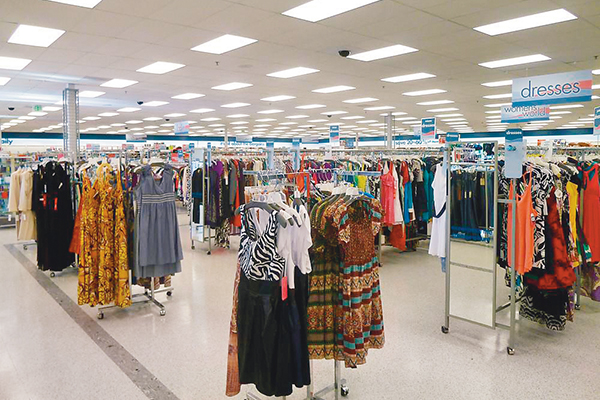PRSM2019 National conference aims to inspire
PRSM members will “Aim High and Reach Wide” at PRSM2019 National Conference April 29–May 1 in Denver, Colorado. With stunning views of the Rocky Mountains and the rustic, cabin-like feel of the brand-new Gaylord Rockies, conference attendees will be inspired and ready to share their expertise, make new connections and learn.
“We’re very proud to be one of the first conferences held at the Gaylord Rockies,” said LeeAnn Norton, CEM, PRSM’s Vice President of Global Events. “This venue reflects the laid-back atmosphere of Denver, which we want our members to embrace as they dive into networking, stellar education sessions
In the true spirit of Denver,
“This is new for PRSM, and probably new for many of our members,” said Bill Yanek, PRSM CEO. “As we expand our membership, we want to serve all types of multisite FMs and provide our members with new tips and tricks for thinking outside the facilities box mindset.”
There will also be a tour of the U.S. Mint in Denver with a focus on energy and water sustainability as well as material usage.
Strategic education tracks include regulatory changes, cost savings, business management, professional development and retailer-to-retailer forums where retailers can discuss industry problems and solutions with other retailers. Power Sessions will also be presented on the exhibit hall floor for an energized, in-depth look into current FM tips and trends.
This year, to better serve our evolving membership, PRSM will incorporate a new restaurant and technology pavilion, which will focus on multisite facilities that now include restaurant-style areas. Whether you are incorporating hot food bars into grocery stores or coffee bars into a department store, PRSM will have the information and technology you need to succeed. Chatbots, beacon technology
Other conference events will include a Young Professionals Meet-Up (young professionals can come for free and should visit prsmnational.com for information), Quick Connect sessions, opportunities to help the PRSM Foundation (including a charity event at Top Golf and a volunteer opportunity at a local Denver charity), and a Veterans Job Fair hosted by PRSM’s Supplier Relations Committee & Veterans Task Force.
PRSM wants to help eliminate the joblessness and homelessness that affects our nation’s veterans. The job fair will be held when the Exhibit Hall is open to allow veterans — from the local Denver area and across the country — to walk through, visit with PRSM members at work, and connect with organizations who hire veterans. PRSM urges all attendees, both retailers
PRSM2019 National Conference is the only facilities conference that brings retail, restaurant and other multisite facilities professionals together under one roof. With a sold-out show floor, record-breaking attendance expected and endless new opportunities to “Aim High and Reach Wide,” PRSM2019 is the place to be.
“This is going to be a National Conference unlike any we’ve had before,” Yanek said. “From the new location to the new education sessions to the new conference surprises we have in store, our members are in for the event of a lifetime.”











